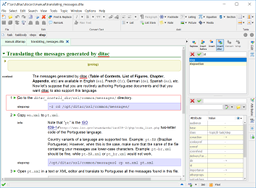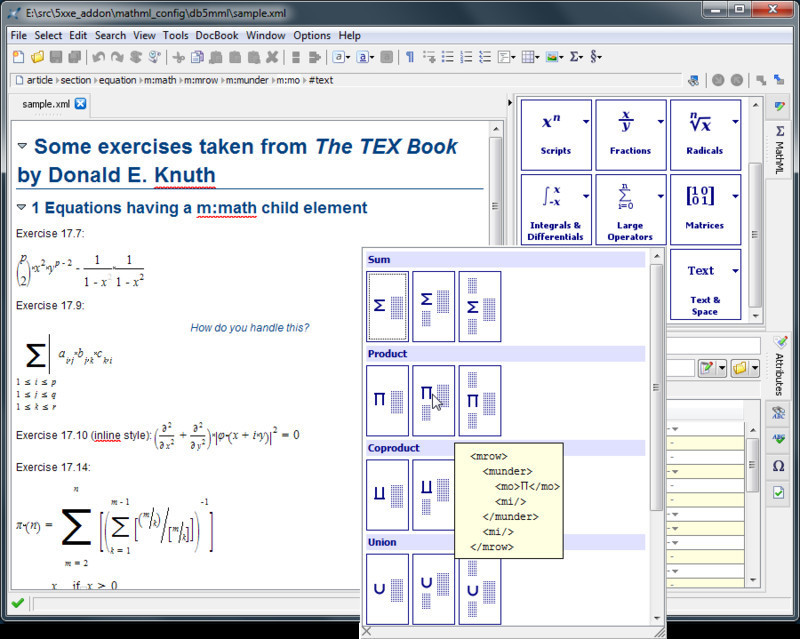

We need to think about the industry and not individual company success. There are enough case studies showing how Open Sourcing your products actually creates a larger eco-system and a more vibrant market. This is a closed and proprietary view of doing business. I have heard over the years, that the publishing industry is like running with the slow kid on the block, so are going keep dragging our feet, or look for talent to bring in from other industries to help us create The Book of the Future.Ī natural reaction in a declining market, from most corporate entities, is to hoard their assets and keep them safely guarded with DRM and the like.
#Youtube xmlmind software#
Much more like a software company that releases early, often and continuous. Does our culture of building great, noble and scholarly works need to change to a more ‘fail forward fast’ mentality where we are meeting market demands in a “just in time” manner. As an industry, need to give Amazon a boatload of credit for forcing us all to be more innovative. Is Google the same company it was 10 years ago? Microsoft? Yet many in publishing have done very little to innovate and ignite this industry. Better enabling our authors will benefit everyone, including the cheese sandwich makers.Īs the landscape in publishing changes due to technology, disruption in market distribution, and a new generation of readers, will your company undergo a change in culture, staffing and leadership? When you compare the publishing industry to others, it looks as though we have moved quite slowly. So I think one component of The Book of the Future needs to center on making the upfront writing and creative work easy, intuitive, and productive for authors. There are other significant problems with XML - it’s based on the idea that content and appearance can be separated, so, as I already mentioned, it’s not particularly suited for books with significant art, or any type of book where the layout is part of the content. There are proprietary tool chains that work for some publishers relatively well but they are not shared with the industry. XMLMind, ASCIIDoc and Oxygen are the three that we recommend for creating easy to generate and use XML. They are not intended for significant works with lots of art, cross references, interesting layout.

The existing XML tools on the other hand, are typically for the more geeky authors who write in mark up naturally.

I know, many purport to offer XML conversion, but it is still an arduous process to clean up those conversions, and what a waste of time and resources. Yet most authoring tools that are easy to use, are horrible at getting usable XML out of the authoring environment. Most publishers realized the inherent benefits of getting content into XML/DocBook. Other example, checking " Apply all security rules" then " Allow popups" and " Allow scripts" adds attribute sandbox="allow-popups allow-scripts" to the iframe element.Easy-to-use authoring tools that enable content creation and distribution For example, checking " Apply all security rules" alone adds attribute sandbox="" to the iframe element. These checkboxes correspond to values of the sandbox attribute of the iframe element. Note that settings such security options have no effect on the Web browser embedded in the styled view of XXE. Optionally, specify security options for the HTML content of the iframe element by checking one or more security option checkboxes. These fields corresponds to the width and height attributes of the iframe element. When a single dimension is specified, the other dimension is automatically computed using a 2:1 width/height ratio. These dimensions are specified in pixels. Optionally, give a width and/or a height to the iframe. This field corresponds to the src attribute of the iframe element.

A relative URL is relative to the URL of the document being edited. This location may be an absolute or relative URL. Specify the location of the HTML page to be displayed by the embedded Web browser.


 0 kommentar(er)
0 kommentar(er)
